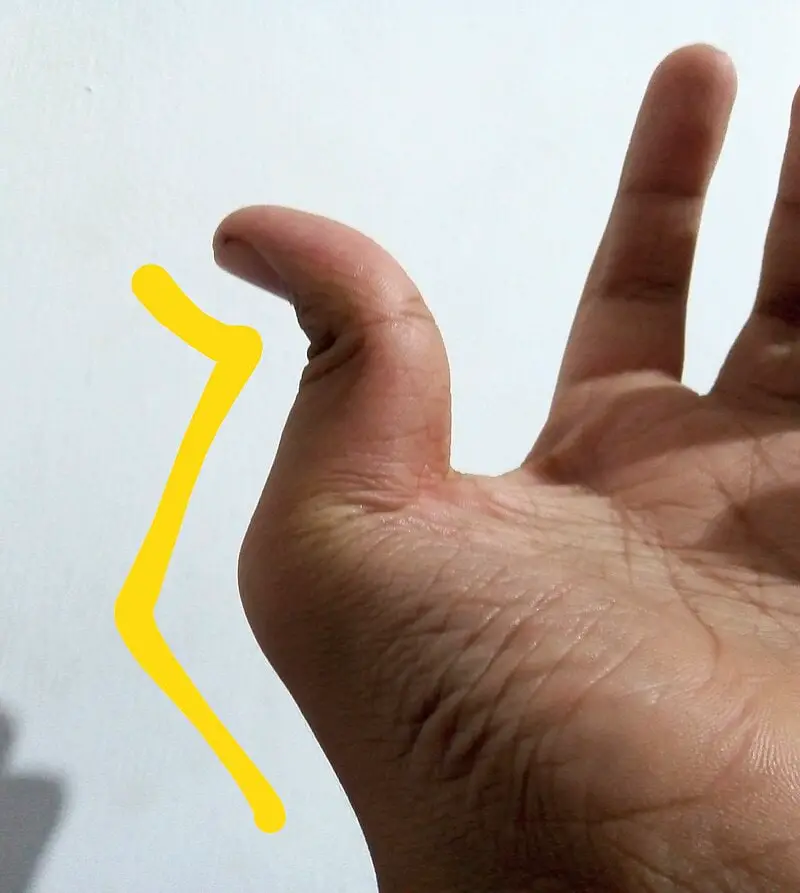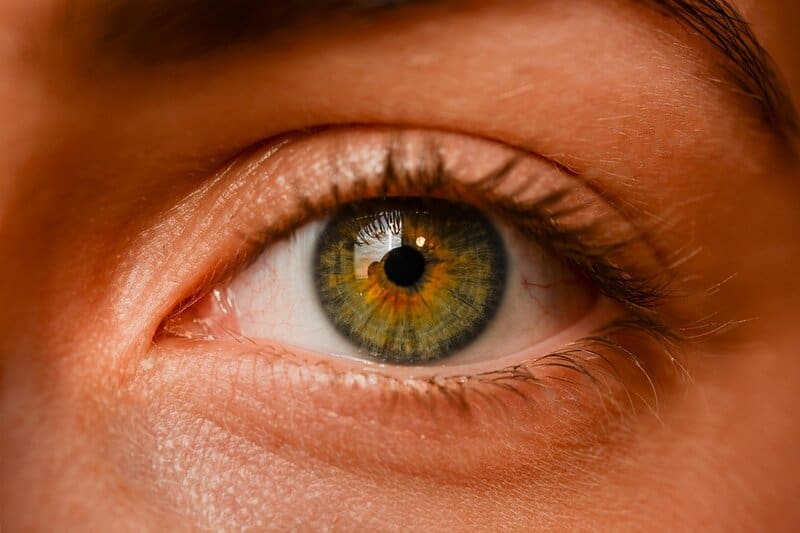Human genetics is a remarkable tapestry of surprises woven into our very being. While most of us know we inherit hair and eye color, the influence of our DNA stretches far deeper. Our genes quietly shape unexpected facets of who we are, from quirky physical features to hidden health strengths and even mysterious behaviors. Unlocking the secrets within your DNA reveals a world where nature’s blueprint determines much more than meets the eye. Get ready to explore the astonishing ways your ancestors still walk beside you.
1. Tongue Rolling Ability

Can you roll your tongue into a tube? This quirky party trick is often inherited, thanks to genetic variation. While tongue rolling tends to run in families, it’s not a simple on-off gene—environmental factors may play a minor role too. Researchers have found that the inheritance pattern isn’t strictly Mendelian, making this trait a fascinating genetic puzzle. Learn more
2. Hitchhiker’s Thumb

If your thumb bends backward at an extreme angle when giving a thumbs-up, you might have what’s called hitchhiker’s thumb. This unique flexibility, known scientifically as distal hyperextensibility, is a genetic trait that often appears in families across generations. It’s a harmless quirk, but it’s a fascinating example of how your DNA can shape even the smallest details of your body. Learn more
3. Widow’s Peak Hairline

A widow’s peak is a distinct V-shaped point at the center of your hairline, and it’s a classic example of a dominant genetic trait. If one of your parents sports this stylish feature, there’s a good chance you inherited it too—though it may skip some family members. Whether subtle or pronounced, a widow’s peak is a visible reminder of your genetic heritage. Learn more
4. Attached vs. Detached Earlobes

The shape of your earlobes—attached or detached—is a classic, visible genetic trait. Traditionally, a single gene was thought to determine this difference, but new research reveals that multiple genes may actually play a role. It’s a simple yet intriguing way your DNA leaves its mark, and you can often trace this feature through your family tree. Learn more
5. Freckles

Those tiny brown spots dotting your skin—freckles—are more than just a sun-kissed feature. Their appearance is closely tied to variations in the MC1R gene, which you inherit from your parents. Freckles are especially common in people of European ancestry and tend to become more visible with sun exposure. Next time you notice someone’s freckles, remember: it’s their DNA leaving a visible signature. Learn more
6. Dimples

Those adorable dimples that appear when you smile are actually the result of unique muscle variations in your cheeks. This trait is considered a dominant genetic characteristic, so it often runs in families—if one parent has dimples, their children are likely to inherit them too. Dimples add a distinctive touch to your smile, turning a simple expression into a memorable family trademark. Learn more
7. Red Hair

Natural red hair is a striking and rare genetic trait, found in just 1-2% of the world’s population. It’s caused by a specific mutation in the MC1R gene, inherited from both parents. Red hair often appears alongside fair skin and freckles, making it a unique genetic signature. If you or your family members have fiery locks, you’re part of a truly exclusive club. Learn more
8. Lactose Tolerance or Intolerance

Your ability to enjoy milk and dairy as an adult is determined by genes that regulate the lactase enzyme. Most people around the world become lactose intolerant after childhood, but some inherit a genetic mutation that allows them to digest lactose for life. This fascinating trait varies widely by ancestry and can be traced through family history and global migration patterns. Learn more
9. PTC Taste Sensitivity

Ever wondered why some people find certain foods intensely bitter while others don’t? The answer lies in the TAS2R38 gene. This gene variation determines if you can taste the bitterness of phenylthiocarbamide (PTC). Taste sensitivity to PTC is a classic example of inherited genetics and can be a fun family experiment—some will taste bitterness, while others notice nothing at all. Learn more
10. Handedness

Are you left-handed or right-handed? This everyday trait is shaped by a mix of genetics and environment. Certain gene variants can increase the likelihood of being left-handed, but the exact inheritance pattern is complex and not fully understood. Handedness often runs in families, yet chance and upbringing can also influence which hand becomes dominant. Learn more
11. Eye Color Variations

Your eye color is the result of a fascinating interplay between multiple genes, not just the simple blue or brown gene model many learned in school. Key players like the OCA2 and HERC2 genes influence the wide spectrum of shades—blue, green, hazel, and everything in between. This genetic complexity explains why siblings can have completely different eye colors. Learn more
12. Cleft Chin

A cleft chin—that noticeable dimple or groove in the center of the chin—is often inherited as a dominant genetic trait. This distinctive feature results from the way the jawbone fuses during early development. You might spot this trait running through your family tree, adding a touch of character to many faces. Learn more
13. Color Blindness

Color blindness—most often affecting the ability to distinguish red and green—has a strong genetic basis. It’s usually inherited through the X chromosome, making males much more likely to be affected, since they have only one X. Females, with two X chromosomes, are less likely to experience color blindness, but can still be carriers and pass it on. Learn more
14. Male Pattern Baldness

The likelihood of experiencing male pattern baldness is largely written in your genes—especially those inherited from your mother’s side. Key genes on the X chromosome, such as the AR gene, play a significant role in this very common trait. If baldness runs in your family, you can often trace the pattern back through generations on both sides. Learn more
15. Sneezing in Bright Light (Photic Sneeze Reflex)

Have you ever sneezed when stepping into the sun? This is the photic sneeze reflex, affecting about 18-35% of people. It’s an inherited quirk linked to a dominant gene, though scientists are still unraveling exactly how it works. If you find yourself sneezing at sudden brightness, you can thank your genes for this peculiar, harmless response. Learn more
Conclusion

From the curl of your hair to the way you taste certain foods, genetics shapes countless aspects of who you are. Exploring these inherited traits uncovers not just your unique look and quirks, but also connections to your health and heritage. Understanding your DNA can be a powerful way to appreciate individuality and family history. Why not take a closer look at your own traits—and those of your loved ones—to discover the fascinating story your genes are telling?
.article-content-img img { width: 100% }



Vielleicht interessiert es Sie:
Wussten Sie! Minensuchratten auf dem Schlachtfeld und sie sind super effektiv!
Wie viele Giraffenarten gibt es? Leben sie alle in Afrika?
Der Vogel ist das Weibchen der Vögel: wahr oder falsch?
Warum bauen Biber Dämme? Welchen Nutzen?
Warum leben manche Tiere nachtaktiv? Welche Vorteile?
Küssen Tiere? Ist das die gleiche Bedeutung wie Menschen?
200+ Hilarious Seahorse Jokes That Will Make You Smile and Giggle
200+ Funny Investment Jokes to Boost Your Financial Humor Game